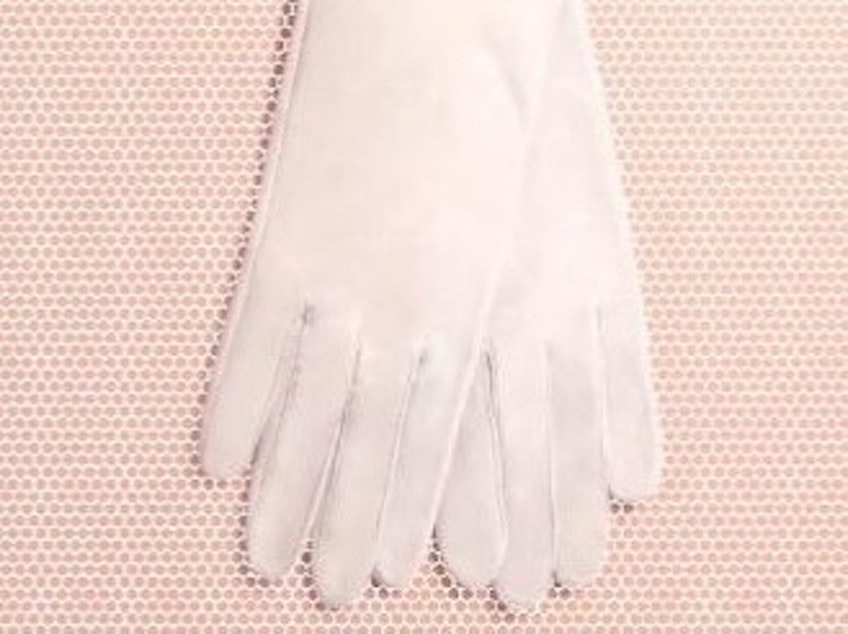Centuries Of Debutantes Dish About Being Put On Display In 'The Season'

The first thing I did after I finished Kristen Richardson's The Season was look up the Texas Dip.
Among all the demands on debutantes, the Texas Dip is one of the most obvious callbacks to the origins of the debutante ball, when a girl's first public presentation — at court or in an assembly of the exclusive upper crust — was a critical component to the period of her social life that would end in making a "good marriage." The dip begins as a curtsy (a deb staple) and just keeps going, until the girl is practically sitting cross-legged on the floor, tipped slightly forward as she bows. It's as bizarre and as difficult as it sounds, and seems to encapsulate much of what characterizes the modern white debutante experience: ritual, display and a lot of hard work in the attempt to seem effortless.
That last, according to Richardson, is the real trick. As she traces the history of the debutante from Tudor courts to the Plaza Hotel, there's plenty of political strife, social upheaval and polite machinations from the upper classes attempting to keep out the undesirables. There's even some pointed commentary from the peanut gallery. (In the 19th century, the by-invitation-only Almack's club spawned a parody in which tavern prostitutes mocked upper-class manners — and cut close to the real aim of those debutante balls: Make sure young women and their dowries were being sold off appropriately.)
But it's the excerpts from diaries and letters that make this more than an exercise in historical rubbernecking. As debutante "seasons" first became popular, they offered young women a year or two to exist as a person who was neither child nor wife. Later, after the season's rituals and manners had codified a little, the demands of seeming sweetly carefree but also hard to get became an impossible learning curve on a high-pressure stage. Some young women Richardson mentions adored the season (or seasons) as a way to enjoy public life in a way they might never get another chance to, and some of them bemoan endless rounds of visits and the stress of dealing with men (and their proposals) when any hint of scandal could ruin her future. It's a humanizing glimpse into the individuals behind the very careful performances being given at balls and lends some emotional weight to the geometry of a season, a straight line designed to pass a young woman from her father to her husband. (In comparison, the modern debutantes whose stakes are lower are much less compelling, as Richardson seems well-aware. It's not life-or-death if your biggest concern is the dress.)
But don't let the evening gloves fool you — this is a tense history of deep social change. Much of debutante culture arose from attempts to preserve narratives of power and culture and deliberately excluded many on the basis of religion, race and class. (Black debutante culture, which arose in response, is offered as a more meaningful contrast to the increasingly calcified trappings elsewhere.) Luckily, Richardson has a wry touch with even the most mercenary moments. Describing public backlash to the 19th century fad of rich American girls heading overseas to marry impoverished gentry, she notes the general tenor of the press: "American debutantes were to be considered a national resource, like mineral deposits, and their money should go to American men, not foreigners."
Having grown up in boarding school territory herself, Richardson is not immune to the appeal of rich people throwing parties. (And given the prevalence of things like awards-show red carpets, neither are many of the rest of us.) Amid the unsavory research is a sense of fascination that drives us easily through nearly 600 years of putting young women in an unforgiving spotlight. It's an ongoing tug of war between money, race, class, culture and tradition, and The Season makes sparkling work of it, even for those who have never seen a curtsy in their life.
Genevieve Valentine's latest novel is Icon. [Copyright 2019 NPR]



